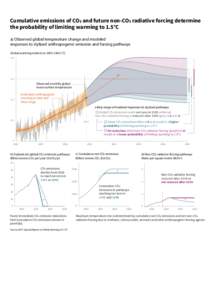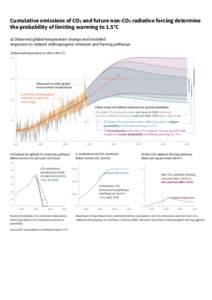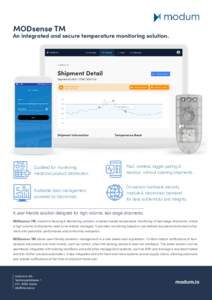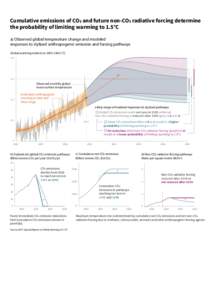<--- Back to Details
| First Page | Document Content | |
|---|---|---|
 Date: 2014-04-18 15:19:09Chemistry Thermodynamics State functions Physical quantities Transport phenomena Thermal conduction Energy Heat Temperature Heat transfer Physics Mechanical engineering |
Add to Reading List |
 Content Standards The following California Content Standards form the basis for USS Midway Museum’s Grade 6 Science Program, “Onboard With Thermal Energy”: Focus on Earth Sciences: Heat (Thermal Energy) (Physical
Content Standards The following California Content Standards form the basis for USS Midway Museum’s Grade 6 Science Program, “Onboard With Thermal Energy”: Focus on Earth Sciences: Heat (Thermal Energy) (Physical 


